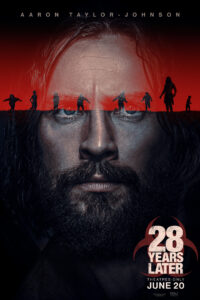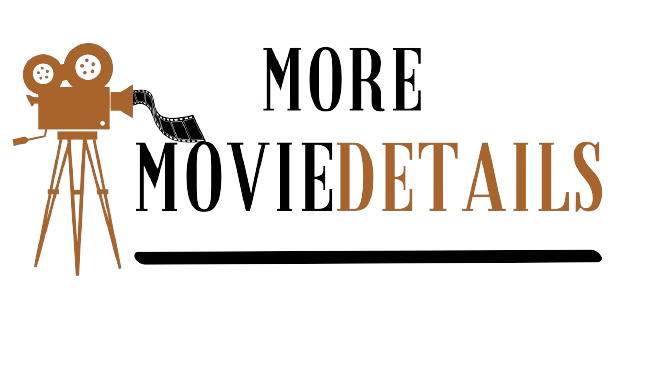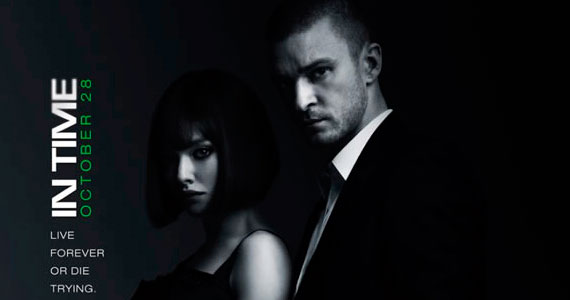After nearly two decades since 28 Days Later redefined zombie horror cinema, Academy Award-winning director Danny Boyle and acclaimed writer Alex Garland have reunited for 28 Years Later, promising to deliver a visceral new chapter in their groundbreaking franchise. This highly anticipated sequel doesn’t just continue the story—it revolutionizes it, bringing fresh perspectives on survival, family, and the evolution of horror itself.
A Visionary Reunion
The creative partnership between Danny Boyle and Alex Garland has proven to be one of cinema’s most compelling collaborations. Boyle, known for pushing storytelling boundaries since his debut with Shallow Grave, brings his innovative directorial vision to a world ravaged by the rage virus. “We wanted to make a film with a unique kind of epic scale,” explains producer Andrew Macdonald, emphasizing how 28 Years Later represents the perfect opportunity to return to their infected universe.
Garland, who has established himself as a thought-provoking director with films like Ex Machina and Annihilation, has crafted an uncompromising script that takes the franchise in electrifying new directions. His approach transforms what could have been a simple sequel into what the team calls “auteur horror”—a sophisticated blend of intimate character study and epic-scale terror.

That kind of deep dive into both global politics and horror is a potent mix, says producer Andrew Macdonald: “We wanted to make a film with a unique kind of epic scale. Using 28 YEARS LATER to accomplish that has been very exciting. It felt like the perfect time for us to return to the infected.”
A Family at the Heart of Horror
The film centers on a compelling family dynamic featuring Aaron Taylor-Johnson as Jamie, a protective husband and father preparing his son for survival in this hostile world. Taylor-Johnson describes his character as “flawed and layered and trying to work things out amidst incredibly challenging circumstances.” His performance captures the complexity of a man torn between love for his family and the harsh realities of their world.
Jodie Comer delivers a powerful performance as Isla, Jamie’s ailing wife, who becomes the emotional anchor of the story. Comer, fresh from her Tony and Olivier Award-winning performance in Prima Facie, transforms physically for the role through makeup supervisor Flora Moody‘s artistry. “We made Jodie look sweaty and rough—and it’s very hard making Jodie look rough!” Moody laughs, describing how they gave Comer the appearance of genuine illness with eye bags, reddened eyes, and a grey palette.
The film’s most intriguing casting choice is newcomer Alfie Williams as Spike, the young protagonist whose journey from childhood innocence to adolescent survival becomes the film’s emotional core. Williams, making his feature debut, navigates the complex role of a boy who “loves his mum and dad and just wants them to be a family like they used to be.” Boyle’s decision to center the narrative around a young person represents a bold subversion of genre conventions.
The Bone Temple and Ralph Fiennes’ Transformation
Perhaps the film’s most striking element is the introduction of Dr. Ian Kelson, portrayed by Academy Award nominee Ralph Fiennes. Kelson represents an unexpected figure of compassion in this devastated landscape, having constructed an extraordinary monument—the Bone Temple—using over 250,000 replica bones and 5,500 skulls. This church-sized structure serves as both a memorial to the dead and a testament to human resilience.
Fiennes underwent a dramatic physical transformation for the role, covering himself in reddish-orange iodine as protection against the rage virus and sporting a shaven head. “We all wanted the iodine-shielded figure to look arresting and startling,” Fiennes explains. His character embodies the film’s deeper themes about accepting mortality while maintaining humanity’s capacity for healing and compassion.
The construction of the Bone Temple, built in Redmire, North Yorkshire, took six months to complete. Production and costume designers Gareth Pugh and Carson McColl found inspiration in a Covid memorial wall in London and a Lithuanian hillside dotted with crucifixes, creating a monument that serves as both unsettling and beautiful—a perfect metaphor for the film’s approach to horror.
Evolved Terror: The New Infected
28 Years Later introduces audiences to evolved variants of the infected, each more terrifying than the last. The production team, led by special makeup effects supervisor John Nolan and makeup supervisor Flora Moody, created distinct categories of infected that reflect nearly three decades of viral evolution.
The “Slow-Lows” represent bottom-feeding creatures that move on all fours, described by Nolan as “wet on the front because they don’t get any sunlight, so they’re almost slug-like.” At the opposite extreme are the Berserkers or Alpha infected—massive, intelligent creatures who wield human spines as weapons. The most fearsome of these is Samson, portrayed by 6’8″ MMA fighter Chi Lewis-Parry, whose proportions were enhanced by 40 percent to create a truly terrifying presence.
Movement coach Toby Sedgwick worked extensively with actors to create the infected’s distinctive physicality. “I took everybody through varying levels of tension, because this disease causes immense tension, which in turn leads to these sharp, erratic and unpredictable movements,” Sedgwick explains.
Supporting Cast and International Perspective
Jack O’Connell, who will star in the sequel 28 Years Later: Bone Temple, brings his versatile acting skills to the role of Jimmy. O’Connell, winner of the 2015 BAFTA Rising Star Award, adds another layer to the film’s exploration of survival in this devastated world.
Edvin Ryding portrays Erik Sundqvist, a Swedish soldier whose NATO patrol boat crashes on the mainland, providing an outsider’s perspective on the infected landscape. “There’s a huge contrast between Erik and Spike, who sees the infected as a fact of life. For Erik, they’re an incomprehensible danger,” Ryding notes, highlighting how the film explores different responses to the same horrific reality.
Revolutionary Filmmaking Techniques
Boyle and cinematographer Anthony Dod Mantle employed groundbreaking techniques to create an immersive experience. They utilized the ultra-wide 2.76:1 aspect ratio typically reserved for epic films, creating an atmosphere where “they could be anywhere… you have to keep scanning, looking around for them.“
Perhaps most innovatively, they incorporated iPhone technology, sometimes using up to 20 iPhones simultaneously to capture certain sequences. Boyle describes this as “basically a poor man’s bullet time,” allowing for 180-degree vision of action sequences and creating moments where audiences feel embedded within the horror rather than merely observing it.
A New Chapter in Horror Cinema
Under the guidance of executive producer Cillian Murphy and producers Peter Rice and Bernard Bellew, 28 Years Later promises to be more than just a sequel—it’s a reinvention of what horror cinema can achieve. The film’s approach to practical effects, innovative cinematography, and character-driven storytelling sets it apart in an era dominated by CGI spectacle.
With its combination of intimate family drama and epic-scale horror, 28 Years Later appears poised to not only satisfy fans of the original but also attract new audiences to Boyle and Garland’s meticulously crafted world of terror and humanity.




